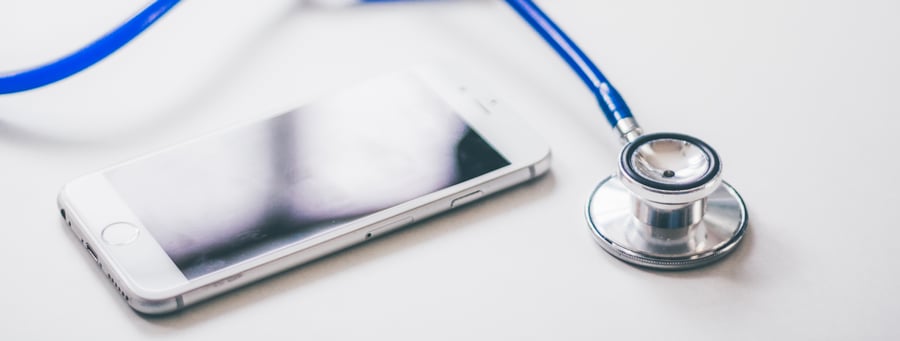This is the third and last part of my interview with Doctor Martin Pusic. In part one of the talk, he explained how data analytics can improve clinicians’ daily practices. In part two, he defined how a proper data analytics tool should be designed. Today, he talks about machine learning perspectives in healthcare.

Dr. Pusic co-leads the "Healthcare by the numbers: Populations, Systems, and Clinically Integrated Data" three-year long program of education for students that is based on the real clinical data of practices.
We felt like he was the right guy to talk with about healthcare and data, the limits they're faced with, and how they can partner to increase patients’ level of care. In this third part, we talked about how to apply machine learning in healthcare.
RD: It sounds like data analytics development has a lot to with evidence-based medicine. Do you agree?
MP: Well, yes and no. The evidence-based medicine story has a lot to do with the big data story. It starts with researchers experimenting with these techniques. Then it gets mainstream, and there is the hope that everyone can become a super user. And some of them do become better clinicians if they understand evidence-based medicine. But you have to be realistic, we can not train every single physician to become as evidence-based as they could be. So instead, we carefully consider what evidence-based technique is for physicians, and what to instead push down in the IT system.
There will be companies like Dataiku that will push tech to the edge, but there will be at the same time different levels of expertise. You will have super users, general users, and frontline persons that will have different expectations. We then have to define which part of the algorithm is useful to them and how we can make it available to the understanding of all of them.
It’s just like electrocardiogram reading, which is "only" 90% accurate. Being wrong 10% of the time is simply unacceptable from a clinical perspective. We need a synthesis between machine-learning and human understanding. The best way to achieve this by is using an open data analytics system that can increase human skills and understandings.
RD: How far away do you think healthcare is from adopting dynamic treatment regimes (algorithmically informed dosage adjustment)?
MP: It will be some time, but we’re getting there. Being able to optimize inputs can save resources and help avoid unnecessary treatments. And I think this is the concept we are moving towards in terms of system-based practices. Every trainee we graduate now should be system-aware, which means the ability to increase the sampling rate: instead of seeing the physician every six weeks, we can now dynamically sample some clinical data every second. It’s very much where the whole thing is headed.
In the US, the big project has been to build EHR and getting people to use it. So we are dumping a lot of information into these boxes. Getting this information out and having a data-driven guide helping us to predict what happens next is on the horizon. We now need to make use of this data.
RD: What other innovations do you see in healthcare, and how could data analytics be part of it?
MP: Well, I only have a limited point of view but I’d say telemedicine could have an interesting impact on healthcare. Our ultimate goal is to keep patients away from hospitals, right? Alas, it’s very difficult to build systems to make sure they work in real time. But we managed to create a telemedicine division in our emergency department.
Our emergency doctors are now supporting people who don’t have instant access to emergency medical care. It’s a good way to provide help and counseling to people waiting for the ambulance. It improves the response of the system from something that is measured in hours to something that is measured in minutes.
The other huge opportunity I see for healthcare is predictive modeling. A great example is the Veterans Hospital. They developed a big data system with 150 variables to let them predict who will need hospital admissions and who is at risk of dying in next 90 days. They collect the information on each patient and put that into a statistical model. It allows them to prioritize their patient outreach by health risk.
When a huge hurricane struck New York, the VA hospital had to be shut down, but they still had access to their risk models and were able to reach out to high-risk patients in order to ensure they got the treatment they needed elsewhere. It was a kind of pre-compiled triage system. Advanced modeling is the next step. I hope our command of analytics will soon enable us to do patient forecasting more accurately. Our belief in the reliability and validity of those techniques is going to be very important in the future.





